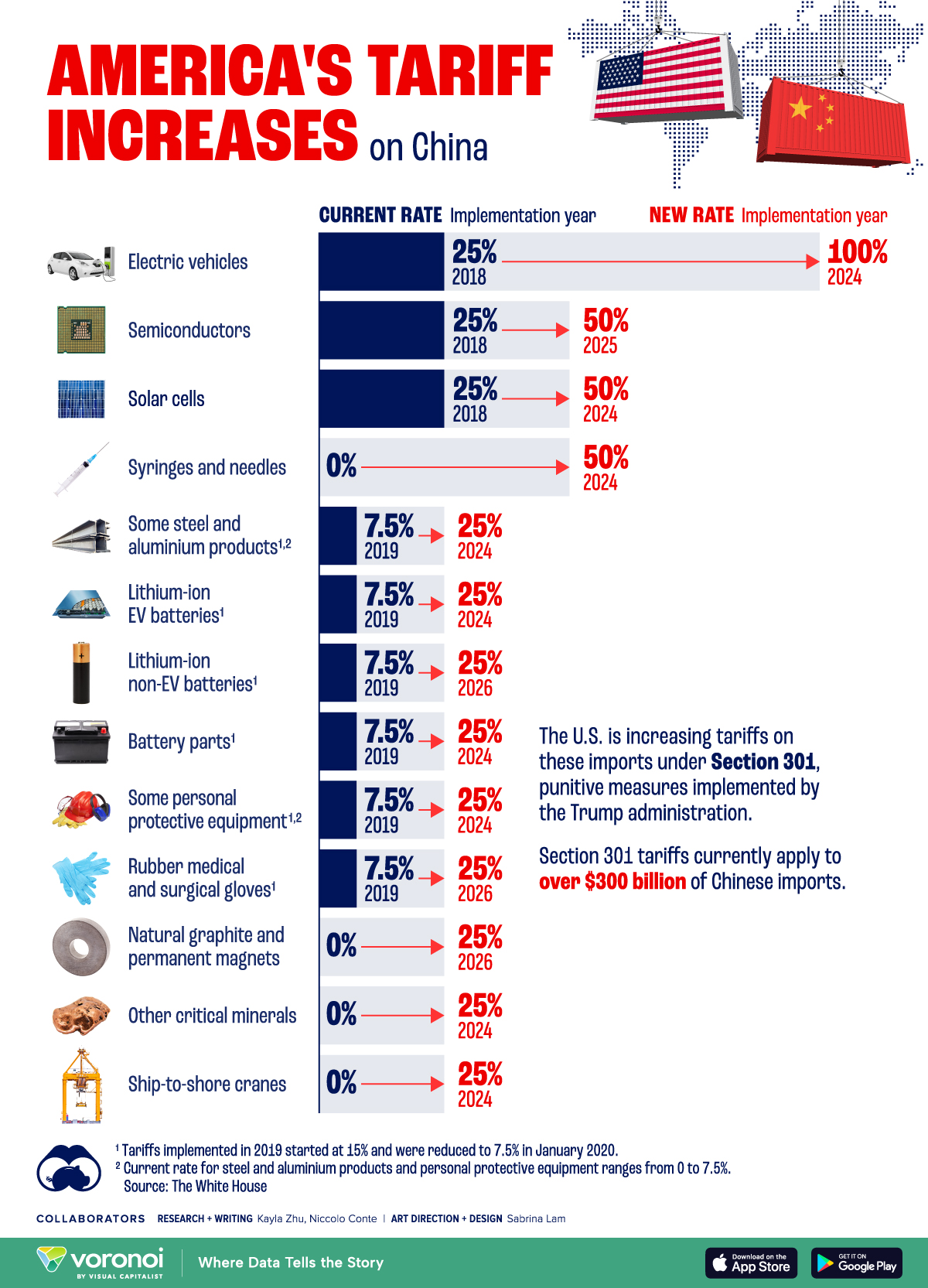Trump's Tariff Threat: Commercial Aircraft And Engines At Risk

Table of Contents
1. The Complex Global Supply Chain of Aircraft Manufacturing
Aircraft manufacturing isn't a solitary endeavor; it's a marvel of international collaboration. The production of a single aircraft involves hundreds of suppliers across the globe, each specializing in specific components and expertise. This intricate web of interdependence makes the industry particularly vulnerable to disruptions like tariffs.
1.1 Interdependence of Nations
The global nature of aircraft production is undeniable. Consider:
- Airframes: Major players like Boeing (USA) and Airbus (Europe) assemble the main airframes, but rely heavily on components from various countries.
- Engines: Rolls-Royce (UK) and GE Aviation (USA) are key engine manufacturers, themselves sourcing materials and components internationally.
- Avionics and Systems: Companies across several nations contribute to the complex avionics and flight control systems. This includes everything from software to navigation equipment.
This interconnectedness, while fostering innovation and efficiency, creates a significant vulnerability. Tariffs on imported parts immediately increase production costs, threatening the delicate balance of the global supply chain.
1.2 The Impact of Tariffs on Component Costs
Tariffs directly increase the cost of imported parts, impacting the profitability of aircraft manufacturers. This includes:
- Titanium alloys: Used extensively in airframes, sourced from various countries.
- Composite materials: Essential for lightweight and fuel-efficient aircraft structures, often imported.
- Electronic components: A critical part of modern avionics systems, sourced from various nations.
These tariff-induced price hikes are ultimately passed on to airlines, leading to higher operational costs and potentially, increased ticket prices for passengers. Manufacturers may also respond by relocating production or sourcing to avoid tariffs, a costly and complex undertaking with uncertain outcomes.
2. Specific Aircraft and Engine Manufacturers at Risk
The impact of Trump's tariff threats is not uniform. Specific manufacturers face unique challenges and vulnerabilities.
2.1 Boeing and Airbus: Giants Under Pressure
Both Boeing and Airbus, the world's two largest aircraft manufacturers, are deeply reliant on global supply chains.
- Boeing: While a major US player, it utilizes components sourced from across the globe, making it susceptible to tariff impacts. Specific models, like the 787 Dreamliner, heavily rely on international collaboration.
- Airbus: As a European manufacturer, Airbus faces the potential for reciprocal tariffs and trade restrictions imposed by the US, impacting its ability to compete effectively in the American market.
Their response may involve intensified lobbying efforts, exploring alternative sourcing strategies, or even shifting production capabilities to mitigate the negative consequences of tariffs.
2.2 Engine Manufacturers (GE, Rolls-Royce): A Vital Link Under Strain
Engine manufacturers, such as GE and Rolls-Royce, also face significant challenges. Global collaboration is essential for engine development, testing, and servicing.
- GE and Rolls-Royce: Both rely heavily on international supply chains for materials and components. Tariffs could lead to increased engine production costs, impacting airline maintenance budgets.
- Maintenance Schedules: Potential delays in obtaining parts due to tariffs could disrupt airline maintenance schedules, leading to operational inefficiencies and potential safety concerns.
The repercussions extend to airlines, who face the possibility of increased costs and potential service disruptions.
3. Wider Economic Consequences of Trade Wars on Aviation
The impact of Trump's tariff threats extends beyond the immediate manufacturers. The ripple effects touch upon the entire aviation ecosystem and the broader global economy.
3.1 Impact on Airline Profits and Ticket Prices
Increased production costs translate into higher aircraft prices for airlines. This, in turn, impacts their profitability and potentially leads to:
- Higher ticket prices: Airlines may pass on these increased costs to passengers, potentially reducing air travel demand.
- Job losses: If airlines are less profitable, they may cut back on staff, leading to job losses across the industry.
These effects can be particularly pronounced for smaller airlines with less financial flexibility.
3.2 Global Economic Slowdown
Trade wars rarely stay confined to specific sectors. The interconnectedness of the global economy means that the aviation sector's struggles can contribute to a broader economic slowdown.
- Reduced Investment: Uncertainty caused by trade wars can discourage investment in the aviation industry, hindering technological advancements and growth.
- Decreased Air Travel Demand: Higher prices and economic uncertainty can lead to decreased air travel demand, impacting airlines and related industries.
The overall effect can be a dampening of economic growth worldwide, exacerbating existing economic challenges.
4. Conclusion: Navigating the Uncertain Future of Commercial Aviation Under Tariff Threats
Trump's tariff threats present significant risks to the commercial aircraft and engine industry. The complex global supply chains underpinning this sector make it particularly vulnerable to disruptions. Increased costs, potential production delays, and broader economic impacts all threaten the viability and stability of this crucial industry. Airlines, passengers, and the global economy face significant consequences.
Call to Action: Stay informed about ongoing trade negotiations and their potential ramifications. Research the topic further using keywords like "Trump tariffs aviation impact," "commercial aircraft trade war," and "global supply chain disruption" to understand the potential long-term effects on this vital industry. International collaboration is crucial to mitigate the negative effects of trade protectionism on the future of commercial aviation. The stability and prosperity of the global aviation industry depend on it.

Featured Posts
-
 Legal Action Marjolein Faber Responds To Defamatory Image
May 11, 2025
Legal Action Marjolein Faber Responds To Defamatory Image
May 11, 2025 -
 Kompany Onder Vuur Vernederende Nederlaag
May 11, 2025
Kompany Onder Vuur Vernederende Nederlaag
May 11, 2025 -
 Fotografii S Borisom Dzhonsonom Teper Platnye
May 11, 2025
Fotografii S Borisom Dzhonsonom Teper Platnye
May 11, 2025 -
 Stallone And Partons Unlikely Pairing The Musical Comedy That Flopped
May 11, 2025
Stallone And Partons Unlikely Pairing The Musical Comedy That Flopped
May 11, 2025 -
 Converse Signs Celtics Guard Payton Pritchard
May 11, 2025
Converse Signs Celtics Guard Payton Pritchard
May 11, 2025
